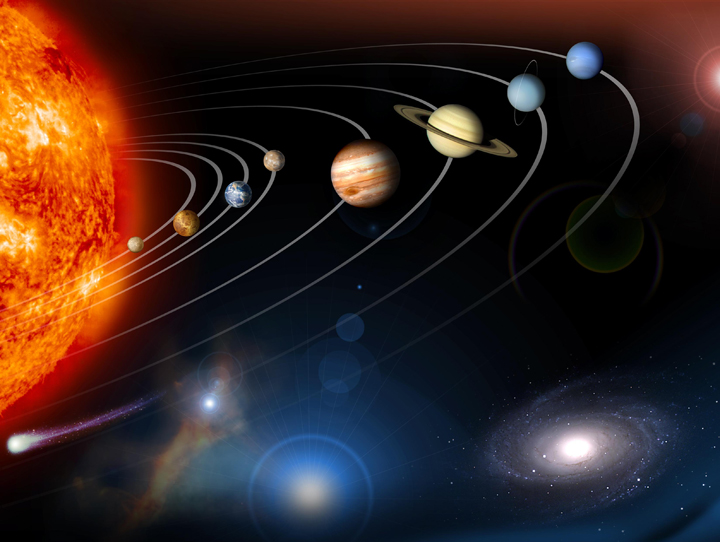Our solar system is vast. But looking at artists’ depictions, you don’t quite get the feel of that. In order to illustrate just how large our small part of the galaxy is, two filmmakers constructed a true-to-life model in the desert.

To Scale: The Solar System from Wylie Overstreet on Vimeo.
The two filmmakers — Wylie Overstreet and Alex Gorosh — drove out to the Black Rock Desert in Nevada to recreate an accurate scale model of the solar system.
Beginning with the sun, which was a metre and a half, each planet was to scale, set out to the accurate distance and illuminated. The entire solar system spanned about 11 km.
The two filmmakers run a Facebook science page called “To Scale” which features science films about our universe to scale.
- High benzene levels detected near Ontario First Nation for weeks, residents report sickness
- Enter at your own risk: New home security camera aims paintballs at intruders
- Fishing vessel with crane, net arrives in Zeballos for orca calf rescue
- Beijing orders Apple to pull WhatsApp, Threads from its China app store
Why build a scale solar system?
“It’s kind of hard to explain why,” Overstreet told Global News. “I thought it was very beautiful and I thought other people would think it was beautiful, too.”
And he’s right: the two have been receiving not only media attention, but also the praise and gratitude of the public.
“It’s been tremendous,” Overstreet said. “I think part of it is personal. We’ve been getting emails from people who have expressed that the video has resonated with them.”
Overstreet approached friend Gorosh back in October 2014, who at first thought it would be a simple and straightforward concept. “But I realized just how much space we would need.” He loved the idea.
Gorosh is a filmmaker, while Overstreet is a writer. Neither one has a formal science education, but both came to embrace science later in life. This new undertaking — making science concepts a visual experience — has been a labour of love.
The pair made the calculations using a tool from NASA’s Jet Propulsion Laboratory and determined that the Black Rock Desert would be the perfect place to illustrate the expanse of the solar system.
“It’s not about how small our planet it,” Gorosh said. “Once you really grasp the solar system, you see that we are just a tiny, tiny part. It’s about understanding our place in the universe.”
Overstreet said that their next project will be “Deep Time,” an attempt to better understand time in a meaningful way.
As for why Pluto wasn’t included — and the pair said they’ve gotten a lot of response about the missing dwarf planet — it wasn’t a statement about what many believe to still be the ninth planet in the traditional solar system model. It just wouldn’t fit.
“If we ever shoot something again, we’ll be sure to include Pluto,” Overstreet said.




Comments